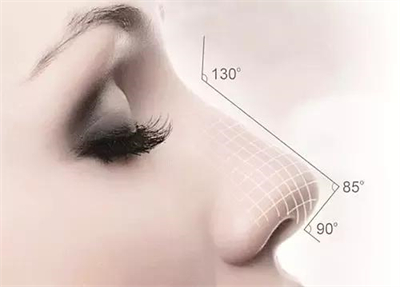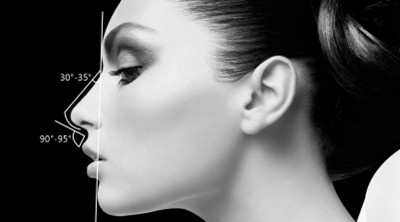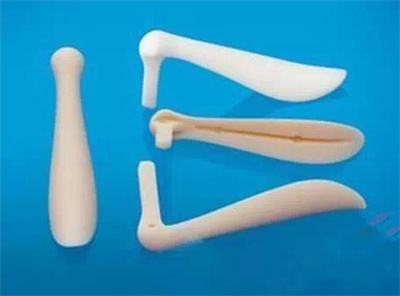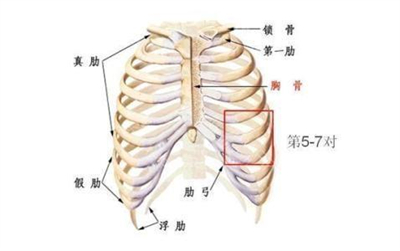What are the disadvantages of different rhinoplasty materials?
Generally speaking, the nose directly determines the three-dimensional sense of the whole face. Even if the other facial features of a beautiful and delicate nose are not perfect, it can also add a lot of color to the nose. Therefore, many beauty seekers now want to improve their own nose through rhinoplasty. At present, the materials available for rhinoplasty include silicone prosthesis for rhinoplasty, autologous nasal septal cartilage, expanded rhinoplasty, autologous rib cartilage, and autologous ear cartilage. What are the disadvantages of these kinds of rhinoplasty materials?

1. Silicone prosthesis
Silicone prosthesis is cheap and has good plastic effect. The operation is very simple and brings trauma Small, easy to take out, especially suitable for people with high nose height, good shape and simple low nose back. However, the silicone prosthesis has poor histocompatibility. If the nose skin is very thin, it may cause light transmission of the prosthesis. Whether to use silicone prosthesis should be determined according to the ideal shape and height of the nose.

2. Autologous nasal septal cartilage
Autologous nasal septum soft bone is hard and easy to shape, so plastic nose tip * good material can be corrected Deviation of nasal septum It helps to raise the nose, lengthen the tip and columella, and improve the nose facing upwards. However, if not cut properly, it may lead to perforation. The amount of cartilage is relatively small, so the requirements for doctors are very high. This method can be used to reshape the nose of people with good basic conditions and few transplant materials.

3. Expanded prosthesis
The expanded lower body does not have good rejection and histocompatibility, and can maintain its sex. But doctors must have superb skills when carving, placing and taking out nothing The operation shall be carried out under the condition of bacteria. If such materials are selected, formal hospitals and doctors with strong clinical experience and professional skills must be selected.

4. Autogenous auricular cartilage
The autologous ear cartilage is easy to carve, shape and cut. It can grow again in about three months, perfect and shape the shape of the nose tip, but it is soft and has very weak support. It needs to be combined with nasal septal cartilage or prosthesis for operation.

5. Autogenous costal cartilage
The autogenous rib soft bone is hard and easy to support. It has a small absorption rate. It can raise the tip of the nose, help shape the bridge of the nose, and lengthen the columella. It is generally used to repair the failure of nose plastic surgery. However, the area provided will leave small traces, which are not easy to be carved. The requirements for doctors are very high.
Through the above explanation, do you have an answer to "What are the disadvantages of different nose augmentation materials?"? Alibang hereby reminds the beauty lovers that they must choose a formal and qualified plastic surgery institution and a responsible plastic surgeon when choosing plastic surgery. At the same time, they should make preparations before and after the surgery, so that the plastic surgery can achieve good results. If you have any questions, you can directly consult our plastic surgery consultants online, and they will give you professional and detailed answers.









